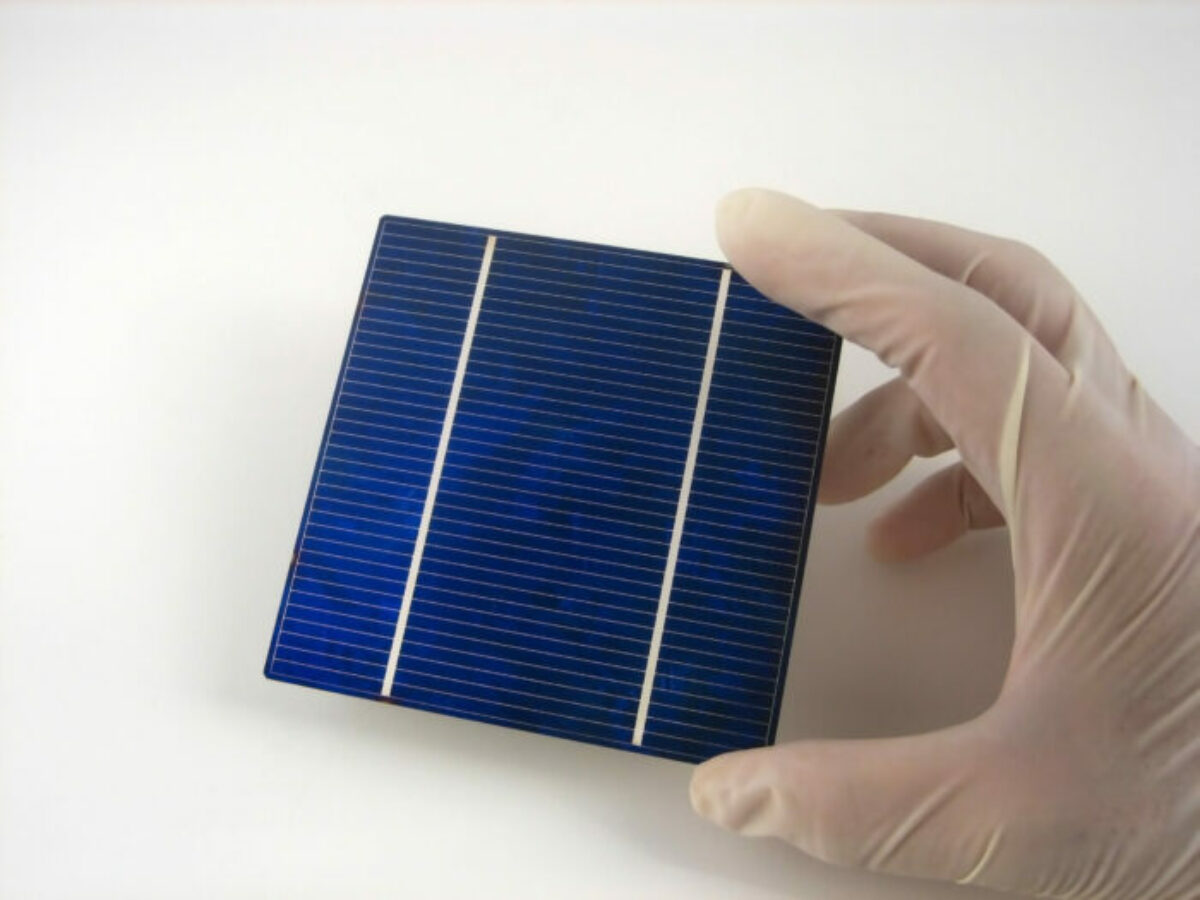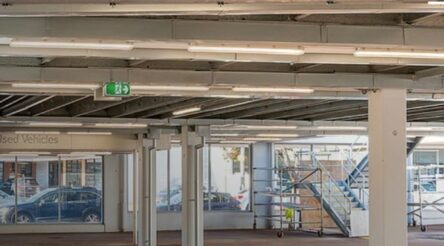Graphene electrodes part of plan to make Australia make PV again

A consortium of Halocell Energy, First Graphene and Queensland University of Technology has shared a few details about a three-year project to develop perovskite solar cell fabrication, recently awarded a $2 million grant under Round 14 of the federal Cooperative Research Centre Projects (CRC-P) initiative.
Halocell makes perovskite solar cells containing halide, and describes itself on its website as “Australia’s chance to lead the world in PV again”.
The $2.03 million grant was announced in June by industry minister Ed Husic. The round supported collaborations led by aerospace company Microtau, quantum computing business Diraq, and others
“Halocell Energy has an established tradition of getting the science right with research institutions and materials science companies, and we always start with the end in mind: being able to reliably manufacture commercial-ready modules at low cost with enhanced performance,” said Halocell Energy CEO Paul Moonie of the research collaboration.
Efficiency records for perovskite solar cells have climbed sharply in recent years (see here) and the emerging class of very thin, printable cells has benefits in physical flexibility and durability.
According to a statement from First Graphene on Monday, the CRC-P-backed project will develop “ultra-low-cost” and flexible roll-to-roll cell fabrication at Halocell’s Wagga Wagga factory.
Part of the project includes First Grapene’s development of “cost-effective graphene-based electrode replacements for high-cost conductor materials, such as gold and silver” that are used in cell manufacture, and offer performance benefits “in low and artificial light conditions, including indoor environments”.
First Graphene said its focus in this project will be on the research, development and supply of “graphene formulations to produce the material ink used in perovskite solar cell manufacturing with suitable dispersion, low toxicity and high conductivity” properties.
Managing Director and CEO Michael Bell said, “Validation of these graphene-based materials will help build a strong business case for full-scale commercial production of both perovskite cells and the materials needed to make them in large volumes.
“Our collaboration with Halocell Energy and QUT will help develop new materials and processing technology for high performance perovskite solar cells, opening the door for high-tech commercial materials and manufacturing of cell components in Australia.”
After leading the world in solar cell efficiency based on PERC solar, production in Australia disappeared in the 2000s with the rise of low-cost, high-volume solar manufacture in China.
Today there is one company assembling solar panels in Australia, Tindo Solar, using imported cells.
Further reading
Leaders in micro-recycling, solar PV and bioprinting among Eureka Award finalists
Research points way to make solar cells more efficient
Tindo Solar reveals solar PV manufacturing – video
Quantum computing, plastic recycling among round 14 CRC-Projects
@aumanufacturing Sections
Analysis and Commentary Awards Defence Manufacturing News Podcast Technology Videos










